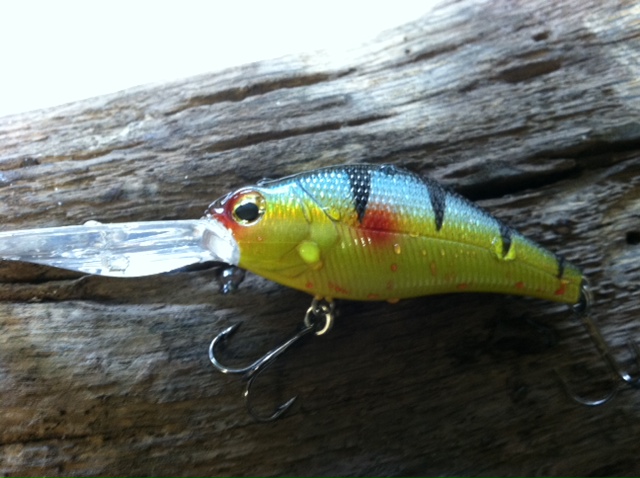Playing Full-back
Question
Hi.i started playing rugby this season and thanks to a few good coaches and players,ive become really good at playing at the wing.But the first team fullback is about to finish school and i want to fill in his place in the first team because i believe i can make an impact taking my progress in the game as a boost.I need tips and knowledge on how to be a good full-back and to increase my performance in the game.
Answer
Hi Cedric,
I am not a true full back expert and suggest trying the other rugby expert on this site he seems to know his backs play. I have pasted some previous answers about full back below...
I really suggest reading these carefully and also go through my other answered questions to get valuable information. Read the stuff about forwards as well to give even more "game intelligence".
Confidence affects all of us. Even as an adult I struggle with confidence after and injury or making a mistake.
The trick is to remember that at 14 there will be a lot of mistakes. Do not compare yourself to other players as everyone grows and improves at a different pace. Measure your own performance and look to improve on that. Reward yourself for improving on your own skills. Stay focussed on your game and what you are doing, it is a more effective way to improve and more fun.
Practice a lot and use visualization A LOT ! Always visualize a difficult situation and you succeeding at it. do this as much as you can before and after games and practice.
Have fun and good luck.
Subject: Fullback trouble
Question: I've just started playing rugby and I have been put in fullback. i need tips on where to stand in defense. eg if the opposition are in the 22, or if they're in their own 22 or at 1/2 way. please help !!
Answer: Hi Zac,
It sounds like you might have been put in a difficult situation but with every challenge comes growth.
I think the best advice I can give is this: slow down. Take your time and choose from the options in front of you. When you make a decision on the field commit to it 110.
Full back is a great position as you have a lot of choices. On attack you can come into this back line like a center, support the wingers or hang back to preempt a counter attack.
Don't get too worked up over which part of the field the opposition are in. Look at the situation in front of you for what it is and make you decision based on the probabilities.
If you are attacking and your half back goes for a box kick over a maul right near the try line hang back in case the opposition receive the ball and attempt to kick it back and out. If the kick is off and you are there for it you can run it up into your back line for a new attack.
Defense: hang back. It is easier to come up on the ball than to back up. Put yourself in the middle of the field and early in the game look for the decision maker in the opposing back line. See if there is a pattern to his play. Look for the center coming through on the crash ball - you may have to make a crucial tackle here.
Overall: communicate with your team mates! New players or players who are in a new position tend to make the mistake of going mute and clamming up. You should be communicating all the time.
Constantly alert your wingers and centers to your presence and tell each other what is going on. Even if you sound redundant keep talking. When marking a player loudly declare your intention to cover him, take away the guess work. If your team members know what you are doing they can better support you.
Again, slow down, take a breath and look past the ball, see the big picture. Fullback has a "God's eye view" of the game. Hang back and use your advantage point to asses the options and decide.
------------------------------------------------------------
Subject: tackling help
Question: I've just started play rugby again after 2 year
I have just started with a youth. I find the tempo easy but i struggle with the tackling. i am 5ft 5 and bout 9 stone 2. I play winger.
i have been trying to put a extra few pounds of but i don't be successful doing it any idea how i can put on a few pounds and fast
i also find i think about the tackle to much when i go into it then this put me off. do you know anyway i can get around all my problems
Answer: Hi Craig,
Below I have put two previous questions withe their answers that are similar to yours. Rather than repeat myself please read them and ask any more specific question if you need to. Thanks very much. Don't forget to do a rating, thanks.
Subject: tackling
Question: Hi, I'm 13 years old and 6ft and i weigh 13stone. i play tighthead prop for a club. i need to improve my tackling but i find it hard. i go to high all the time and i really want to improve. i also want to get more power into my tackles. I've been playing rugby for 4 yrs and my tackling has never been a problem but in now playing a year up and i need to improve.
Answer: Hi Sean,
I have pasted the answer to a question similar to yours below. As a fellow prop I congratulate you on choosing the best position on the field!
I hope this helps, the quest was from a prop who wanted to be "more aggressive" on the field and like you improve tackling:
"This is a relatively personal question I believe. I can only answer from my own point of view - so ask around.
I was always a confident scrummager - for some reason I just clicked with the position. It took me YEARS to overcome my "fear" of tackling. I made the tackles but it was more of a "hit and hope" style.
As for scrummaging the big thing is to get cool about it. Too many guys get all worked up and think they need to be breathing fire.
The key word is focus - focus on technique, body position and timing. Don't get sucked into the mind games some props try to implement like eye-balling you or even verbal threats, anything like that is simple a manifestation of their fear. The best props never say a word - see Olo Brown for a perfect example.
Focus on the job, and the timing of your hit. Aggression is not the way, focussed intensity is.
As for tackles, the thing that switched the light on for me was when a skilled coach took the time to walk me through the technique of a tackle. Browse my past answers for more on this .
The thing about tackling is to approach the situation the same regardless of the players size. Ironically big players will often go down easier while I have have been pretty much embarrassed by medium / small players on occasion.
From the front on tackle focus on the point of impact that you want - the point center between the player's hips the "string of their shorts". focus on that point and it takes away the brain's desire to analyze all the other jinks and fakes players throw at you.
For rear tackles move in hard and wrap up the player. Either come in low and go for the full tackle or wrap up the arms so a pass cannot be made.
Again, focussed intensity is the way, amateurs use rugby as a vent for aggression , professionals use it to hone their mental strength. Look at any impact sport, rarely do boxers or pro-rugby players go "psycho" the thing people notice is the intense focus in their eyes.
Right down all the duties of your specific "job" on the field and spend time visualizing yourself successfully completing these tasks.
My opinion, I hope it helps.
Have fun out there."
厖厖厖厖厖厖厖厖厖厖厖厖厖厖厖厖厖厖厖厖厖厖厖厖厖厖厖厖厖厖厖厖厖厖厖厖厖厖厖厖厖厖?.
Subject: tackling
QUESTION: Hey, I am a winger and I like to rush up at kick offs, how can I be sure that i will not miss tackle the opposition because I am always by myself when i get there?
ANSWER: Hi Addison
I have recently answered a question like this so I pasted it below, the same applies to you. In particular to wing make sure you "shepherd" the play to the side line. If you miss the tackle there is a better chance the player will step out or get caught by a team mate in support.
"I suggest the simplest thing. When a player is moving towards you (or vice versa) do not look at their body as a whole, instead focus on the point of center between their hips. Often a coach will tell you to "eyeball" the "string of their shorts". This focus will allow your brain to only register the runner's center of gravity: the "mass" of their torso. No matter what a runner's arms, legs or head does the torso is usually stagnant.
Keep you feet active, stay on your toes either moving towards them or running in place. Close the space between you and the runner swiftly but stay in control. This is to limit the runner's options as much as possible.
Focus on the "string of their pants" and drop your center of gravity to set up the hit. Aim the shoulder to that string.
so summarize:
1. keep the feet active "live"
2. focus on the "string of their pants"
3. drive the shoulder to the "string of their pants"
Let me know how it goes.
blindside flank
Where to play?


